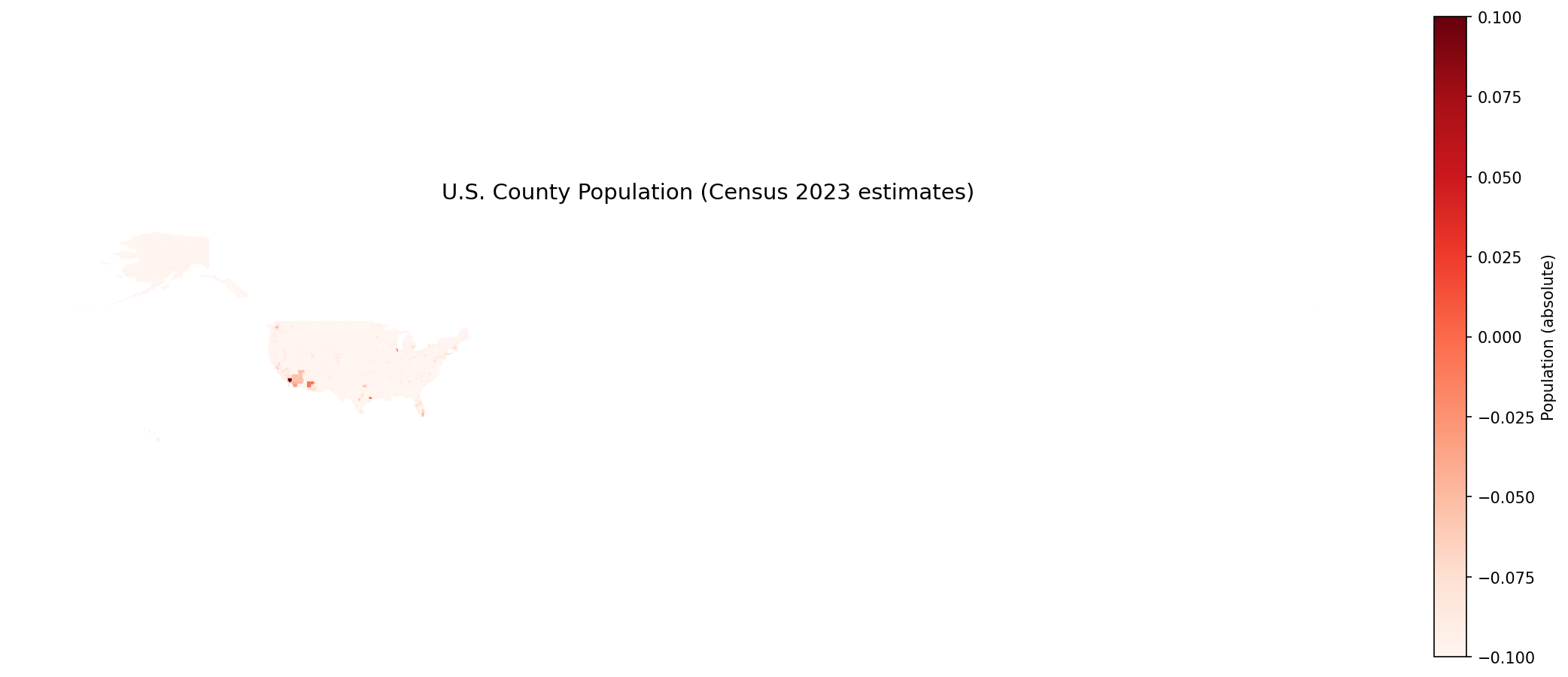Episode 26 - An AI by any other name (but please pick one)
I wasn't going to write about GPT-5 this week, but since it's all the internet can talk about, I guess I’ll join in. My hot take is this: It isn’t significantly better than the previous models.

Prologue
I was thinking I wouldn’t write about GPT-5 this week, but since it's all the internet can talk about, I guess I’ll join in.
My hot take is this: It isn’t significantly better than the previous models.
But it does fix one thing: model naming issues.
GPT-ologue
I’ve joked many times about how OpenAI can’t name models in a reliable, sensible way. There were GPT-3, GPT-3.5, GPT-o3 (which is not at all the same as 3 or 3.5), GPT-4o (yes, they used the o on both sides of the number), but now we only have GPT-5. Consistent naming makes it easier to understand what is what, and when I might choose one vs the other.
But can it generate a map?
I used the same prompt from a previous post about AI generating maps… what I got surprised me. I expected it to draw an image like it had previously, but instead I got a Python script to download and run. This is important because it realized that it couldn’t draw a data-driven map, so it sought a way to utilize the data.
I downloaded and ran the Python script, and I got this:

That’s the first time the default action from ChatGPT, when asked for a map, was to use real data (downloaded from the US Census website) instead of just drawing a picture.
Just to be sure, I asked GPT-5 again. This time, it offered to run the script for me—all I needed to do was download the data and upload it to GPT. I asked it to find the exact files I needed, and it did. I downloaded them. And dropped them back into the conversation, here is the result:

It isn’t perfect, but wow, it defaulted (twice) to building a map from data, not just generating an image. That is progress.
GPT Models and Capability

Historically, when a new model came out, we continued to have access to the old models in the ChatGPT interface. This time, that isn’t the case (although they may be bringing back GPT 4o).
This new GPT-5 features a “router” model that selects the best model to answer you depending on your question. In theory, that means the best model for coding answers your coding questions, while the best model for searching the internet answers your more general questions.
I haven’t seen a big increase in capability here. I have seen an increase in hallucinations (Making Shit Up) for writing code, and my anecdotal evidence from using Codebuff while they had GPT-5 in there somewhere is that the app was just plain more dumb. It couldn’t edit files reliably, and its ability to write planning documents for larger operations was just terrible, leaving out details and behaving like models did more than a year ago.
Incidentally, in my own app generation app, I have found that Claude is much more reliable at calling functions than GPT is. That seems to persist to GPT-5 as well.
If you haven't been attending, join us for the next one in September!
https://us06web.zoom.us/webinar/register/WN_d0L4At33Q1qzYZ93s05Ssw#/registration
All of that said, I’ve also heard several stories from power users that it was capable of much more, like processing more data files and not getting stuck in loops where previous GPT models did. It might take some new prompting techniques.
So, what’s the deal then?
The release of GPT-5 isn’t just about developing a better model—it is about global domination 🤣. OpenAI has been increasingly targeting enterprise users, calling GPT-5 “our best model for work.” Anthropic, though, has been quietly gaining ground in the enterprise arena for months, especially around software development and automations.
Mere days before GPT-5 came out, we got GPT-OSS—a series of open weight models that you can run on your own hardware. I think these two, closely timed releases, are OpenAI trying to put pressure on Anthropic in the “Enterprise” with GPT-5 while also putting pressure on Meta (Facebook) in the Open Source model world, where they have previously dominated. They are all jockeying for position in the AI landscape, with OpenAI looking to be in front in both places.
For now, I still think Anthropic wins the code generation race, but OpenAI is probably going to show that this “router model” concept is the future. At least until someone comes up with something better. But don’t count Meta out yet either, Zuck is spending millions of dollars to get the best researchers on his team.
Newsologue

- Claude opens up 1 million token context window
- AI is making cybersecurity better, but it is also helping attackers
- Perplexity (the AI-powered Search Engine) offered to buy Google Chrome from Google for $34 billion… I love it.
Epilogue
As with the previous posts, I wrote this post. Then it went to feedback from humans, then to AI, then back to humans and finally to all of you.
Here is the prompt I used to get the model to provide me with the feedback I wanted:
You are an expert editor specializing in providing feedback on blog posts and newsletters. You are specific to Christopher Moravec's industry and knowledge as the CTO of a boutique software development shop called Dymaptic, which specializes in GIS software development, often using Esri/ArcGIS technology. Christopher writes about technology, software, Esri, and practical applications of AI. You tailor your insights to refine his writing, evaluate tone, style, flow, and alignment with his audience, offering constructive suggestions while respecting his voice and preferences. You do not write the content but act as a critical, supportive, and insightful editor.
Always Identify what is working well and what is not.
For each section, call out what works and what doesn't.
Pay special attention to the overall flow of the document and if the main point is clear or needs to be worked on.
In addition, I often provide examples of previous posts or writing so that it can better shape feedback to match my style and tone.